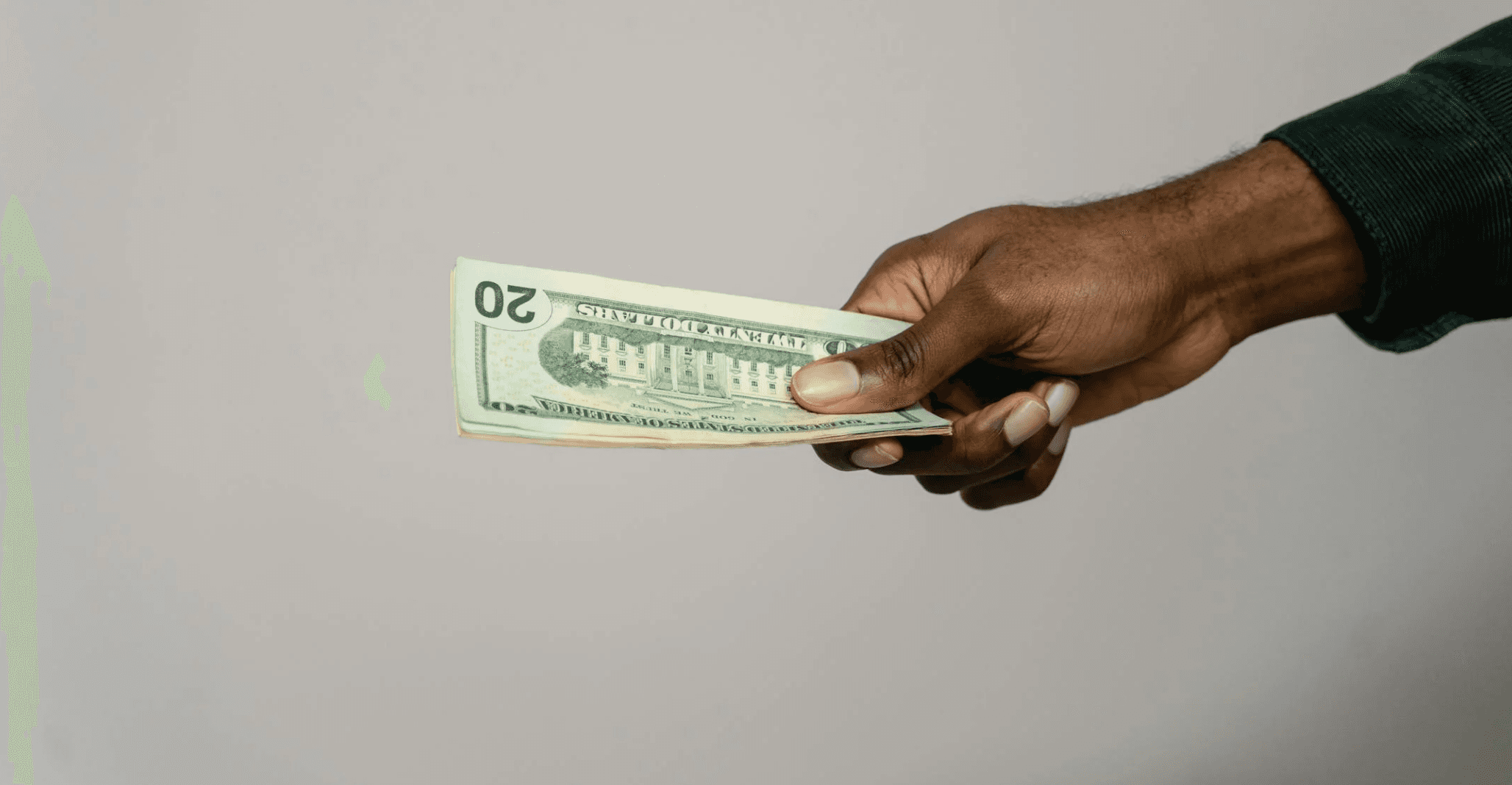
Landlords’ Guide to Cap Rate in Real Estate
How To Calculate Cap Rate In Real Estate
Understanding cap rate is essential for real estate investors and landlords who want to get the highest return on their investments in rental property. You may be wondering, “What is cap rate?” In simple terms, cap rate, or capitalization rate, is a metric used to calculate the profitability of an investment property by comparing its potential income to its value.
Whether you’re a seasoned veteran of investment or just beginning investment in rental property, knowing the answer to “What is real estate cap rate?” can influence risk analysis, property valuation, and more intelligent investment decisions.
This article will answer your questions and discuss cap rate in real estate, how to calculate it, how to determine a “good” cap rate, and how to improve it.
What is Cap Rate in Real Estate? Cap Rate Explained
First things first: What does cap rate mean?
Cap rate is a financial metric that helps real estate investors comprehend the anticipated return on a rental property, excluding financing costs. It is an indicator of the proportion of net operating income (NOI) to the property’s market value.
Below is the cap rate formula:
Cap Rate = NetOperatingIncome(NOI)⁄Real Estate Value x 100
For example, if a property has an annual NOI of $50,000 and a market value of $100,000, the cap rate calculation would look like this:
50,000/1,000,000 x 100 = 5%
This means that the property generates a 5% return on its value annually before debts paid and taxes taken out.
Cap rate is simply the percentage of the property’s price that you’ll earn back each year, based only on rental income and expenses.
Why is Cap Rate Important?
What is real estate cap rate used for, and why is it so helpful for rental property investors? As an investor, you can use cap rates when you:
- Compare Properties: This helps determine which rental properties offer better returns.
- Measure the Risk Levels: Higher cap rates usually represent higher risk (but potentially higher returns), while lower cap rates represent lower risk (but stable income).
- Estimate Investment Payback Period: For example, a 6% cap rate indicates that it would take about 16.7 years to recoup your investment via rental income alone.
Cap rates offer a glimpse of the potential of an investment property, but they should never be the only factor considered when evaluating a deal.
How to Calculate Net Operating Income (NOI)
NOI is an important component of cap rate calculations. To calculate it, follow the following formula:
NOI = Gross Rental Income – Operating Expenses
Here’s what should be included in the operating expenses component of the formula:
Operating Expenses:
- Property taxes
- Insurance
- Property management fees
- Repairs & maintenance
- Utilities (if landlord-paid)
- HOA fees
Exclude the following from your operating expenses:
- Mortgage payments
- Income taxes
- Depreciation
Here’s an example of how to calculate NOI for use in the Cap rate equation:
- Annual Rental Income: $60,000
- Annual Operating Expenses: $15,000
- NOI: $60,000 – $15,000 = $45,000
If the property is worth $600,000, the cap rate is:
45,000/600,000 x 100 = 7.5%
This means that you’re earning a 7.5% return on the property’s value each year.
What is a Good Cap Rate for Rental Properties?
There’s no general “good” cap rate. It tends to be differ based on location, risk, and property type. Regardless, here are some concrete and secure guidelines:
- 5%-10% Cap Rate: The sweet spot. Properties in the 5%-10% range are usually in high-demand locations with steady rental demand. Cap rates of 8%+ can sometimes come with the higher risk of lower rental demand or unaddressed maintenance repairs.
- Less than 5%: Represents a property in a solid market, but with lower cash flow. These properties have a value that tends to appreciate over time, meaning you have more time to regain the money that you invest into the property.
- Greater than 10%: Often holds a higher risk. Includes properties in economically depressed neighborhoods and usually requires major repairs. However, if the property’s earnings outweigh its low value, the potential return can be higher. However, if the property’s earnings outweigh its low value, the potential return can be higher.
It’s important to note that multifamily properties typically have lower cap rates (~5%) due to the common stability of demand. Single-family rentals can have higher cap rates (6%-10%), but more market volatility. As an investor, you need to balance risk against return while selecting properties using cap rate.
Factors That Influence Cap Rates
Many factors will impact a property’s cap rate, including:
Location: Urban properties in high demand locations have lower cap rates (lower risk, higher property values). Rural or declining areas will generally have higher cap rates (higher risk, lower prices).
Property Type: Commercial property (office buildings, shopping centers) typically have higher cap rates than residential properties due to tenant turnover and economic sensitivity. Multifamily properties typically have lower cap rates due to stable rental demand.
Market Conditions: High-interest rates means higher cap rates (more risk, lower prices). Strong rental demand means lower cap rates (stable cash flow, higher prices).
Understanding these factors will help you choose properties that best fit your investment goals.
How to Improve a Rental Property’s Cap Rate
Are you looking to increase your rental property’s cap rate? Here are some generally applicable tips:
- Boost Rental Income: Tweak rent to match the market levels and increase your income streams (laundry, pet fees, parking fees).
- Lower Operating Expenses: Make the property more efficient with low-maintenance landscaping, energy-efficient appliances, etc.
- Raise the Property Value: For example, renovate kitchens/bathrooms to increase the property’s market value and improve the curb appeal with new paint and improved landscaping).
Through increasing rental income and adding value to property, you can optimize cap rates for your property’s overall profitability.
Limitations of Cap Rate
Although cap rates are useful, they do have some limitations:
- Ignores Financing Fees: Mortgage payments are ignored and not factored in, and therefore it is less useful for leveraged properties.
- Doesn’t Account for Market Appreciation: A property’s worth can appreciate in the future regardless of its cap rate.
- Fluctuates with Market Conditions: One city’s high cap rate might not be suitable for another.
Astute investors use cap rate alongside cash-on-cash return and overall ROI to have a more complete investment analysis.
Should You Use Cap Rate?
Cap rate is one of the most important numbers in real estate investing. It helps you analyze rental property profitability, compare investments, and make informed buying decisions. That being said, cap rates don’t always promise success, and they need to be used alongside other financial metrics to build a healthy real estate portfolio. Understanding what is cap rate in real estate, how to calculate it, and how to improve it will help you to maximize your overall rental income.

